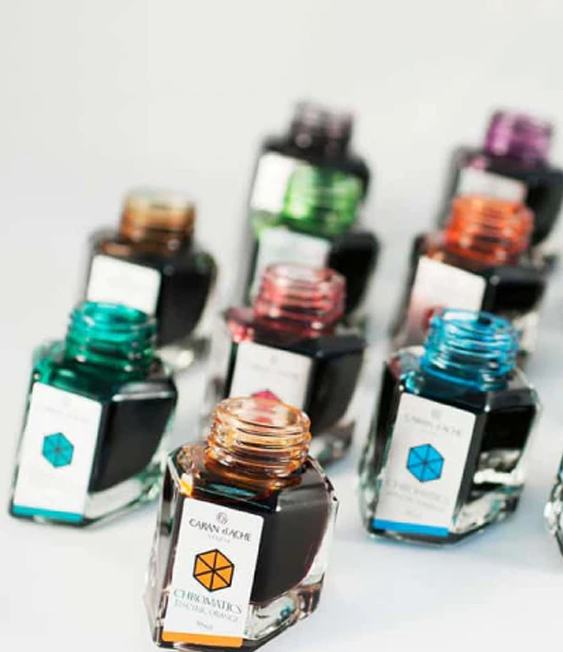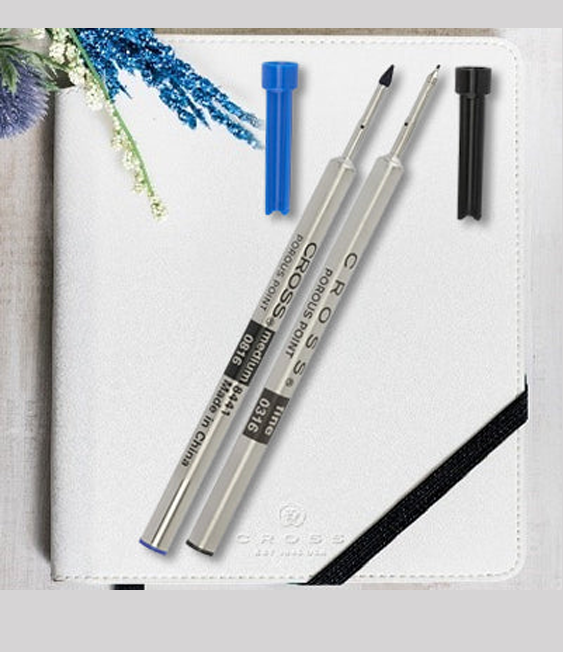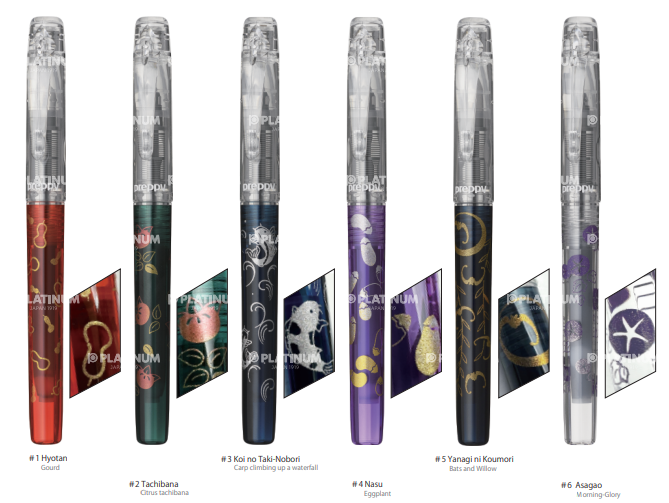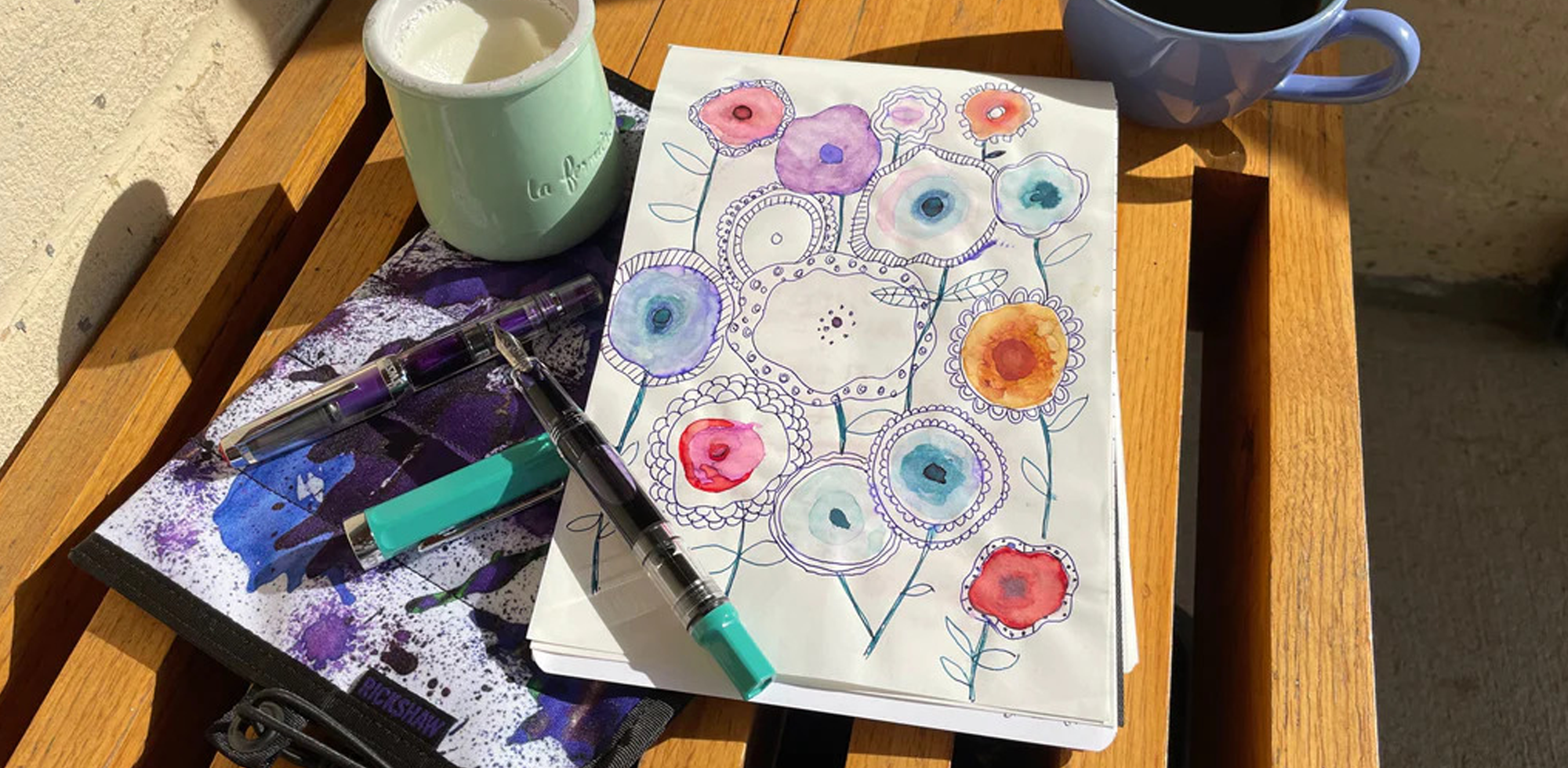Platinum Preppy Fountain Pen - Wa Maki-E - 2nd Edition 2024
Preppy in Japanese modern patterns maki-e version by Platinum - Second Edition!
The second modern maki-e version of “Preppy wa,” which was released in 2023 and received great reviews, will be released as a limited edition model.
As with the previous version, the body is decorated with six traditional and elegant Japanese patterns using a unique Japanese technique called modern Maki-e. Each pattern has a special auspicious meaning, and you can choose your favorite one based on the design and meaning.
The Preppy has been a popular since its release in 2007 as a low-priced fountain pen that provides an authentic writing experience. The stainless steel nib with a special alloy point that is resistant to wear is the best quality in this price range. The Preppy is equipped with a “Slip & Seal mechanism” that prevents the ink from drying out even after a year with the cap closed.
You can write it down anytime, so you won't feel stressed. Modern Maki-e… #6 Asagao #3 Koi no Taki-Nobori #5 Yanagi ni Koumori #4 Nasu #1 Hyotan #2 Tachibana Morning-Glory Carp climbing up a waterfall Bats and Willow Eggplant Gourd Citrus tachibana
Unlike conventional Maki-e, it is applied with silk screen printing instead of urushi lacquer on the underlayer, which is then sprinkled with colored powders such as gold and silver and hand-finished one by one by Maki-e artisans. It gives more thickness compared to normal printing, while the reflections and shades of the powders create a three-dimensional feel.
Hyotan [Gourd] : The fruit of the gourd has a constricted shape in the center, and because of its interesting shape, it was made into a pattern along with the vines and leaves. Because gourds have many seeds, they are popular as auspicious patterns that bring prosperity to descendants. The Sennari gourd, which bears many fruits, is famous as Toyotomi Hideyoshi's horse seal.
Tachibana [Citrus] : Tachibana is the only wild mandarin orange in Japan. In Kojiki (records of ancient matters in Japan), Tachibana is described as a plant of Tokoyo no Kuni (the utopia of immortality). And It is considered a symbol of eternal prosperity and longevity, and is used as an auspicious motif.
Koi no Taki-Nobori [Carp climbing up a waterfall] : Carp with strong vitality is considered the chief river fish. And it is also said to be an auspicious pattern that symbolizes success in life, based on an ancient Chinese story that says, "A carp that climbs a rushing waterfall ascends to the sky and becomes a dragon."
Nasu [Eggplant] : The Japanese word Nasu is a homophone that means “things will go well” and “success,” and people have loved it as a pattern that brings good luck. It is said that "Ichi-Fuji, Ni-Taka, San-Nasubi (Mt.Fuji, hawk, and eggplants)" will bring good luck if seen in first dream of New Year, and it is a plant that is familiar to Japanese people.
Yanagi ni Koumori [Bats and Willow] : In China, the kanji for bat has the same sound as ”turning into good fortune,” so it is considered an auspicious pattern that symbolizes good fortune and longevity. Japan was also influenced by this and was seen as a symbol of happiness during the Heian period.
Asagao [Morning-Glory] : Morning glories were introduced in the Heian period for medicinal purposes, and their cultivation became popular during the Edo period, where they began to be depicted in ukiyo-e. Because the seeds are expensive, it is also said to be a symbol of wealth and prosperity. It also has the meaning of "solid bond" because it grows with a strong vine
| Brand | Platinum Pens |
| Can Engrave | No |
| Cap can post | Yes |
| Cap Mechanism | Slip & Seal |
| Colors | Multicolor |
| Dimensions | 5.4" L x 0.5" D |
| Filling Mechanisms | Cartridge/Converter |
| Grip Material | Resin |
| Length Capped | 5.4" L |
| Length Posted | 5.7" L |
| Material | Resin |
| Nib Color | Steel |
| Nib Material | Stainless Steel |
| Nib Size | Fine |
| Refills & Inks | |
| Retractable | No |
| Series | Platinum Preppy |
| Special Features | Maki-e modern Japanese pattern |
| Trims | Resin |
| Type | Fountain |
| Warranty | Guaranteed for quality |












